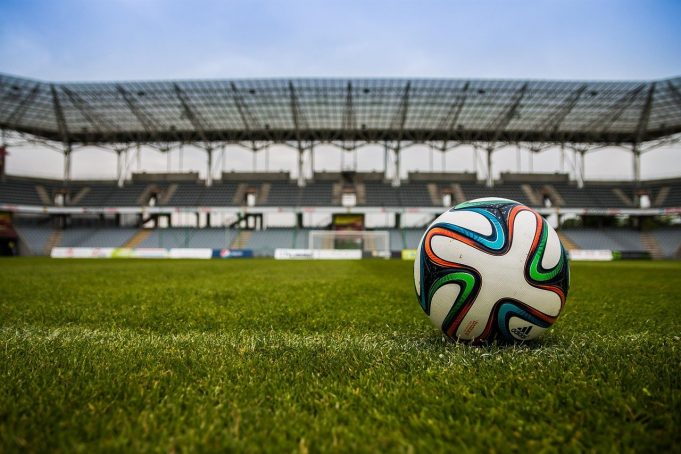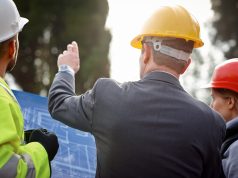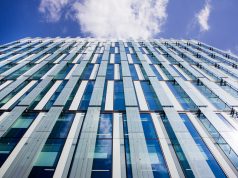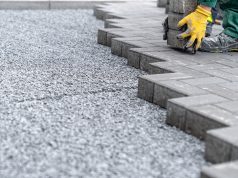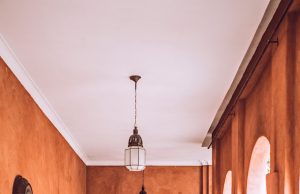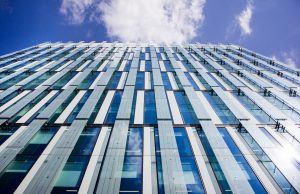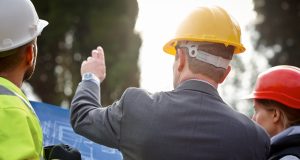Among the important things when planning your sports facility is designing the sports complex or sports facility that is innovative, yet functional. This allows you to make something unique according to your vision. Most owners make the mistake of rushing into the sports facility designing process without proper researching and planning the project with qualified personnel.
It is advisable to look for an architect before starting the design process. However, you should invest more in facility research and planning before hiring an architect to design your sports facility. For example, New Zealand-based Apollo Projects are experienced specialists in the design and build of aquatics, sports, and educational facilities. Their years of industry experience and dedicated team allows them to produce state-of-the-art complexes at a competitive price.
The three pillars of sport facility advisory are demographics, market research, and feasibility studies. Below are some tips on how to design and construct a sports facility.
Before building, prepare.
Chances of hitting rock bottom when making the first step in achieving your vision are extremely high. A qualified sports facility advisory will ensure that your first step is smooth and full of confidence. It is important to start by selecting a suitable location to build your sports facility.
The research process will help you calculate start-up and total construction costs. All the project potential revenues and funding will be covered in the feasibility studies. You also need enough preparation to be successful in any entity in any market.
The only way to avoid being caught unaware by unexpected is to have a strategy for overcoming any sports facility designing obstacle on the way.
Planning sport facility
The key to a successful sports facility designing and construction is involving an experienced professional. Professionals will make sure that they work according to your specific budget and needs to come up with something extraordinary.
A professional service will guarantee high-quality design and planning services before construction. However, before planning, designing, and constructing a sports facility, you need to consider the below aspects to be on the right track.
Your facility needs
Before you start the construction process, you should meet with sports staff to know how the outdoor and indoor facilities will be used. Know the type of sport to be played, space utilization for non-athletes, and age group to play in the field.
Look for specific facility requirements like sun orientation, audio-visual needs and field size. This process will help you get clear objectives for designing and constructing a sports facility.
Lighting priorities
Artificial lighting is one of the most prominent energy-efficient lighting solutions. LED lamps and compact fluorescent are more energy-efficient compared to metal halide fixtures. Consider the limen output and light colour to have a successful design and construction strategy. Therefore, it is important to work with a lighting designer to guarantee your design goals are met.
Different locations in the sports facility differ in lighting needs. It is vital to consider natural light potential. Use things like clerestory windows and skylights to connect the outdoors and supplement artificial lighting to reduce energy costs.
Consider the flooring
The gymnasium is one of the areas of a sports facility that need the right flooring system. You should consider the surface hardness, ball bounce, safety requirements and structural resiliency when assessing the flooring material.
Floor materials come in a large variety, and selecting the right one needs a specialist. The most suitable flooring system for most areas of the sports facility is tongue-and-groove maple strips. Therefore, it is important to take time to talk to professionals before choosing a flooring material for your sports facility.
Turf for playing field
This is mainly applicable to playing fields. The most important question is whether to have synthetic or natural turf? The answer to the right turf will depend on different circumstances, like weather patterns, geographical location and frequency of use. Weight the advantages and disadvantages of both solutions to know the perfect solution.
Some sports athletes prefer the use of artificial grass over natural. However, natural turf is softer, which is easier for the knee and joints. A study suggests that natural turf is safer compare to artificial grass in sports like football.
Parking
You need to know the importance of parking spots when designing and constructing a sports complex. Some designers consider parking as the last thought, but spectators will not access the facility without the spot.
Also, fewer parking spots will discourage visitors from coming. Other than attendee satisfaction, it is crucial to have enough parking spots for hosting events. If your sports facility is for holding several tournaments and community events, you need to increase the number of parking spots.
Consider the parking lot placement when planning and designing your sports facility. Ensure your sports facility parking lots are close to courts, fields and facilities for convenience.
Challenges when designing and constructing sports complex
There are numerous examples of state-of-the-art facilities around the world. However, you will need to address design and construction challenges in your planning to get the best possible results. Below are some of the challenges to solve.
- Building regulations
- Selecting a qualified contractor
- Complex building processes
- Facility visibility
- Material acquisition, transportation, and security
- Ensure the full view of the field is visible regardless of the sitting position of the visitors

